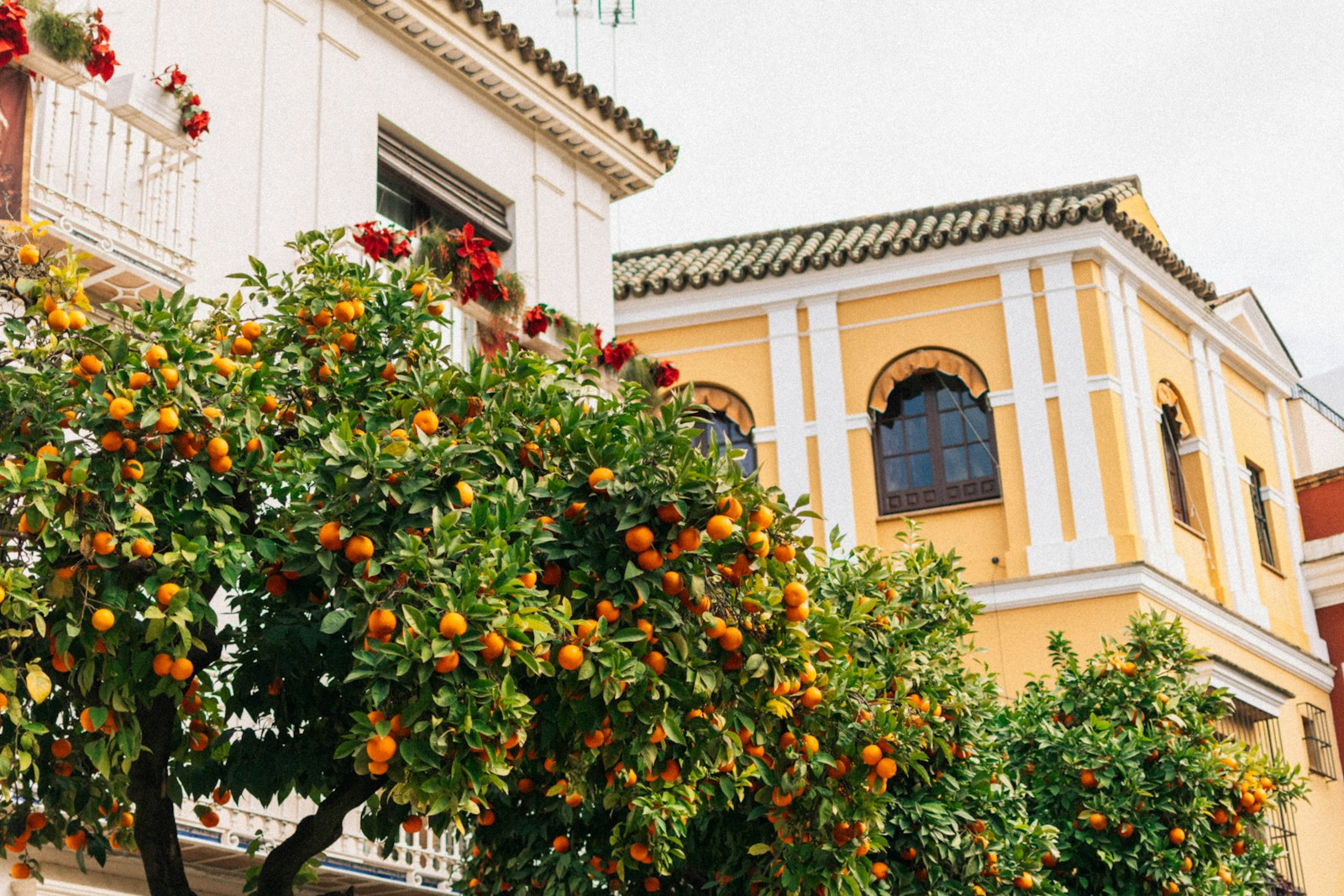Growing your own fruits at home can be one of the most rewarding gardening experiences, offering fresh flavors that store-bought varieties simply can’t match. For beginners, starting a fruit garden might seem intimidating, but many fruits are surprisingly forgiving and perfect for novice gardeners. Whether you have a sprawling backyard, a modest patio, or just a sunny windowsill, there’s a fruit variety that can thrive in your space.
This guide explores the easiest and most satisfying fruits for beginners to grow, helping you choose varieties that match your climate, space limitations, and gardening goals. With a little patience and these beginner-friendly options, you’ll soon be harvesting your own delicious homegrown fruits.
Strawberries The Perfect Starter Fruit
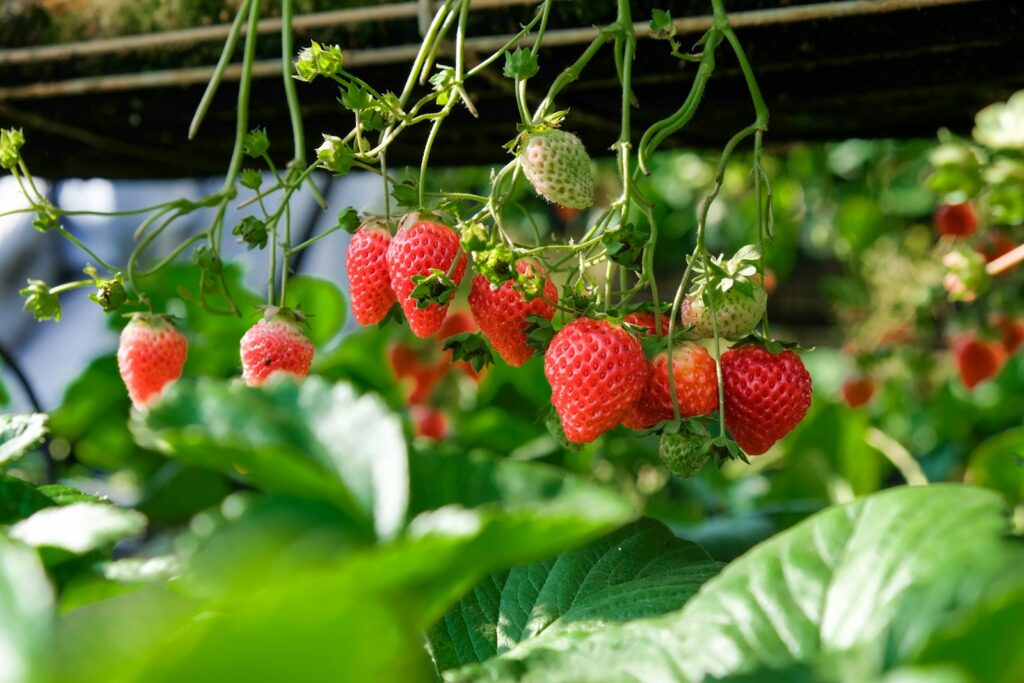
Strawberries top the list of beginner-friendly fruits because they grow quickly, produce within their first season, and adapt to various growing conditions. These versatile berries can thrive in traditional garden beds, hanging baskets, or even specialized strawberry pots, making them perfect for gardeners with limited space. June-bearing varieties produce one generous harvest in early summer, while everbearing types offer smaller yields throughout the growing season.
For beginners, day-neutral varieties like ‘Seascape’ or ‘Albion’ are particularly recommended as they produce consistently from spring until fall regardless of daylight hours. Strawberries also propagate readily through runners, allowing you to expand your patch year after year without additional investment.
Raspberries Abundant Harvests with Minimal Effort
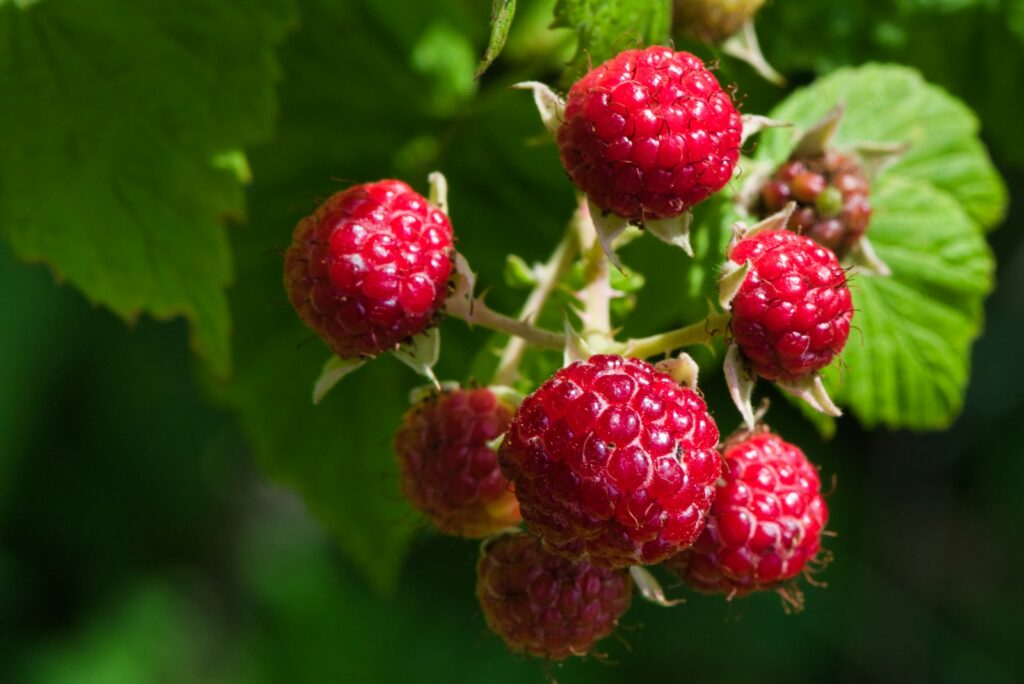
Raspberries offer beginning gardeners an impressive return on investment, often producing for 10 years or more once established. These hardy plants require minimal maintenance beyond basic pruning and can thrive in less-than-perfect soil conditions. Summer-bearing varieties like ‘Heritage’ produce one significant crop annually, while ever-bearing types offer both a summer and fall harvest.
For those with limited space, consider compact varieties like ‘Raspberry Shortcake,’ which grows just 2-3 feet tall and doesn’t require trellising. Raspberries do spread through underground runners, so planting them in raised beds or containers with barriers can help keep them contained. Their natural disease resistance makes them forgiving for beginners who are still learning proper plant care techniques.
Blackberries Resilient and Productive

Blackberries rank among the most forgiving fruits for beginners, offering abundant harvests even with minimal care. Modern thornless varieties like ‘Arapaho’ and ‘Triple Crown’ eliminate the prickly handling issues that traditionally made blackberries challenging to harvest. These vigorous plants can produce up to 10 pounds of fruit per plant when mature, giving novice gardeners an impressive yield for their efforts.
Erect varieties are particularly beginner-friendly as they don’t require elaborate trellising systems, though they benefit from simple support. Blackberries are also remarkably disease-resistant and adapt well to various soil types, making them suitable for gardeners still developing their green thumb. For container gardening, compact varieties like ‘Baby Cakes’ offer the perfect solution for balcony or patio growing.
Blueberries Container Friendly Superfood

Blueberries make excellent container plants for beginners, allowing precise control over soil acidity that these berries require. With their attractive seasonal changes—spring flowers, summer berries, and brilliant fall foliage—blueberries provide year-round visual interest beyond just fruit production. Dwarf varieties like ‘Top Hat’ or ‘Northsky’ are ideal for beginners as they remain compact while still producing impressive yields of antioxidant-rich berries.
These plants are largely self-pollinating, though having two different varieties will significantly improve your harvest size through cross-pollination. Blueberries are particularly forgiving of pruning mistakes, making them ideal for gardeners still learning proper maintenance techniques. Their shallow root systems make them well-suited to container growing, where acidic potting mixes can be easily maintained.
Meyer Lemons Indoor Outdoor Citrus Option

Meyer lemons offer beginners a versatile citrus option that can thrive both indoors and outdoors, depending on your climate zone. These dwarf citrus trees produce smaller, sweeter, and less acidic lemons than standard varieties, making them popular for both cooking and fresh eating. When grown in containers, Meyer lemons remain manageable in size while still producing impressive yields, often bearing fruit within two years of planting.
The fragrant blossoms fill your home or garden with a delightful scent, adding sensory pleasure beyond just the fruit harvest. As self-pollinating plants, Meyer lemons don’t require multiple trees to produce fruit, making them perfect for gardeners with limited space who still want to experience the joy of growing citrus.
Figs Ancient Fruit for Modern Gardens
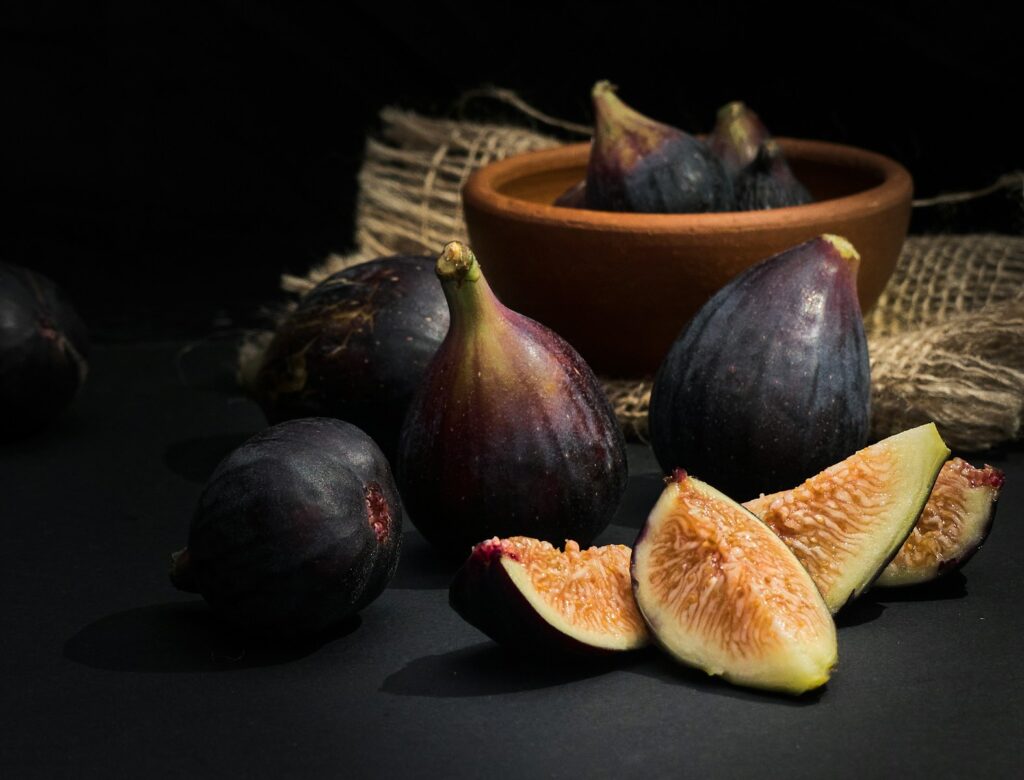
Figs represent one of the oldest cultivated fruits and remain excellent choices for beginning fruit gardeners today. These Mediterranean natives are surprisingly cold-hardy in many varieties, with ‘Chicago Hardy’ and ‘Brown Turkey’ capable of surviving temperatures well below freezing once established. Unlike many fruits, figs don’t require cross-pollination and can produce abundant harvests as single trees.
Their minimal pruning requirements make them particularly forgiving for novices who are still learning proper tree maintenance. Container growing works exceptionally well for figs, allowing gardeners in colder climates to move trees to protected areas during winter months. The trees’ attractive foliage and architectural branching pattern provide ornamental value even before the delicious fruits begin to appear.
Grapes Vertical Growing for Small Spaces

Grapes offer beginning gardeners the opportunity to grow impressive amounts of fruit in minimal horizontal space by taking advantage of vertical growing techniques. Table grape varieties like ‘Concord’ and ‘Niagara’ are particularly forgiving for beginners, offering good disease resistance and reliable production. Unlike many fruits, grapes can thrive in less-than-ideal soil conditions, though they do require good drainage.
The vines’ flexible growing habit allows them to be trained along fences, pergolas, or simple trellises, making them adaptable to various garden situations. Modern compact varieties like ‘Pixie’ are specifically bred for container growing, producing full-sized grapes on vines that reach just 6-8 feet in length. With proper pruning, grape vines can remain productive for decades, offering a long-term return on your initial gardening investment.
Dwarf Apple Trees Classic Fruit Made Easy
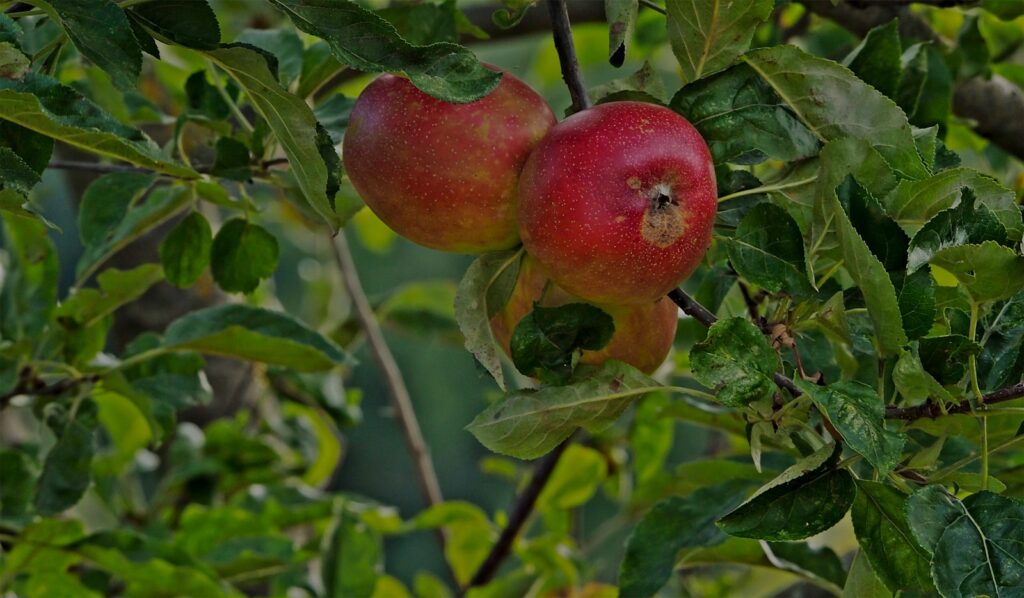
Dwarf apple trees have revolutionized home fruit growing, bringing this classic orchard fruit within reach of beginning gardeners with limited space. These compact trees typically grow just 8-10 feet tall yet produce full-sized apples, often yielding fruit within 2-3 years of planting. Disease-resistant varieties like ‘Liberty’ and ‘Enterprise’ are particularly beginner-friendly, requiring less specialized knowledge about pest management. Most apple varieties require cross-pollination, so beginners should either plant two compatible varieties or ensure neighbors have apple trees within about 50 feet.
Columnar apple trees represent the ultimate space-saving option, growing just 2 feet wide while reaching 8-10 feet tall, making them suitable even for apartment balconies. Their smaller root systems make dwarf apples well-suited to container growing, allowing gardeners to produce this classic fruit even without traditional garden space.
Peaches Fast Producing Stone Fruit
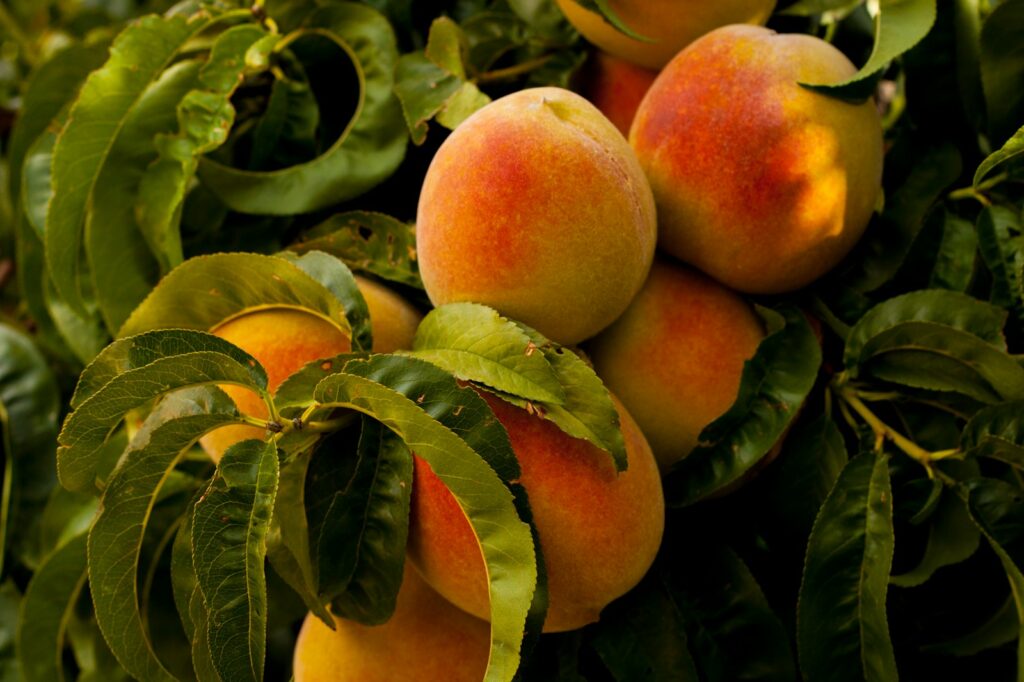
Peaches offer beginning fruit gardeners quick gratification, often producing harvestable fruit within just two years of planting. Self-fertile varieties eliminate the need for multiple trees, making peaches practical even for gardeners with limited space. Genetic dwarf varieties like ‘Bonanza’ grow just 4-6 feet tall, making them manageable for beginners while still producing full-sized, delicious fruits. These compact trees adapt well to container growing, allowing gardeners in colder climates to move them to protected locations during harsh winter weather.
Modern breeding has created varieties with improved disease resistance, such as ‘Contender’ and ‘Reliance,’ which are particularly suitable for organic growing methods that beginning gardeners often prefer. Their beautiful spring blossoms add ornamental value to the garden long before the fruits develop.
Watermelons Sprawling Summer Treat
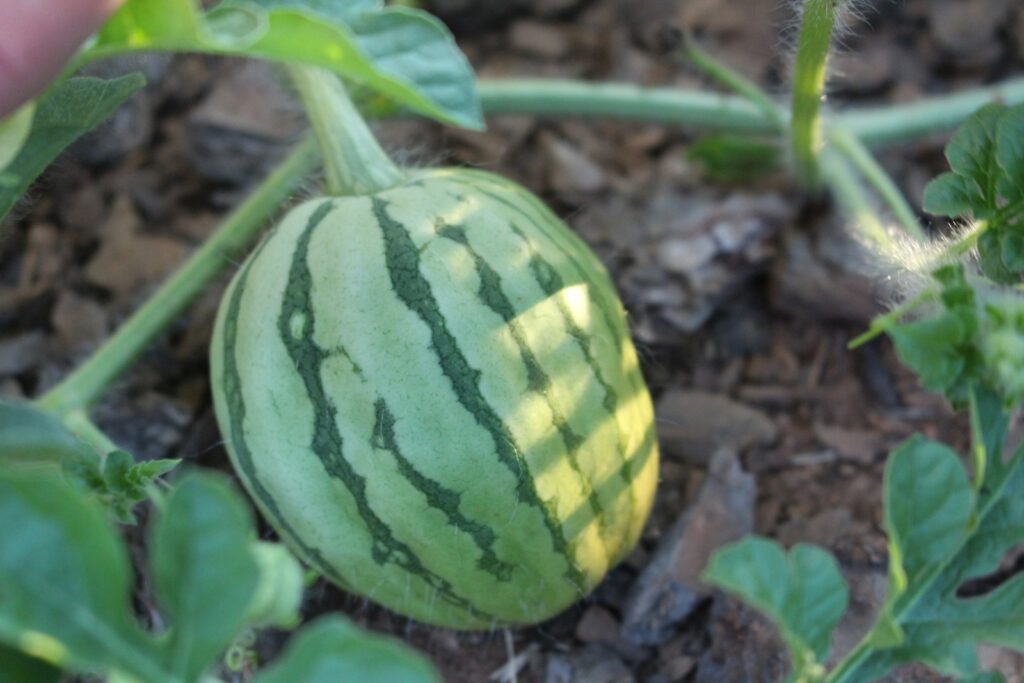
Watermelons offer beginning gardeners the satisfaction of growing an iconic summer fruit from simple seed starting to impressive harvest. Compact varieties like ‘Sugar Baby’ and ‘Mini Love’ require less space than traditional watermelons while still producing sweet, full-flavored fruits. These annual plants eliminate the commitment of perennial fruits, allowing beginners to experiment without long-term garden planning. The growing process is straightforward—simply plant after danger of frost in warm, well-drained soil, and provide consistent moisture and full sun.
For container gardeners, bush-type watermelons like ‘Bush Sugar Baby’ grow just 3-4 feet wide rather than the typical sprawling vines, making them suitable for large pots on sunny patios. The satisfaction of harvesting your own homegrown watermelon provides instant gratification for gardening beginners.
Ground Cherries Unusual and Easy
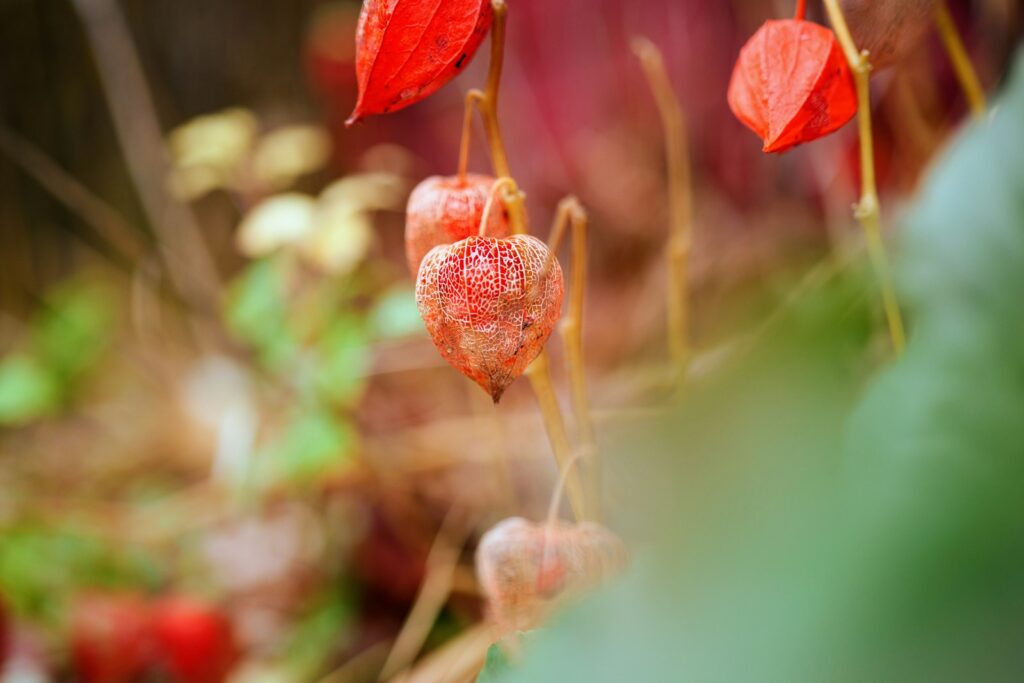
Ground cherries (Physalis pruinosa) offer beginning fruit gardeners something uniquely different that few neighbors will be growing. These husked fruits, related to tomatillos, produce small berries with flavors reminiscent of pineapple and vanilla wrapped in papery husks that turn from green to tan when ready to harvest. The plants grow similarly to tomatoes but with even fewer pest problems, making them ideal for organic gardening beginners.
Ground cherries self-seed readily, often returning year after year with minimal effort, though they’re not invasive and easily managed. The fruits drop from the plant when ripe and can be stored in their husks at room temperature for several weeks, providing an extended harvest period unusual among home fruits. Their novelty factor and conversation-starting potential make ground cherries particularly rewarding for beginners looking to grow something beyond ordinary garden offerings.
Alpine Strawberries Shade Tolerant Delicacy
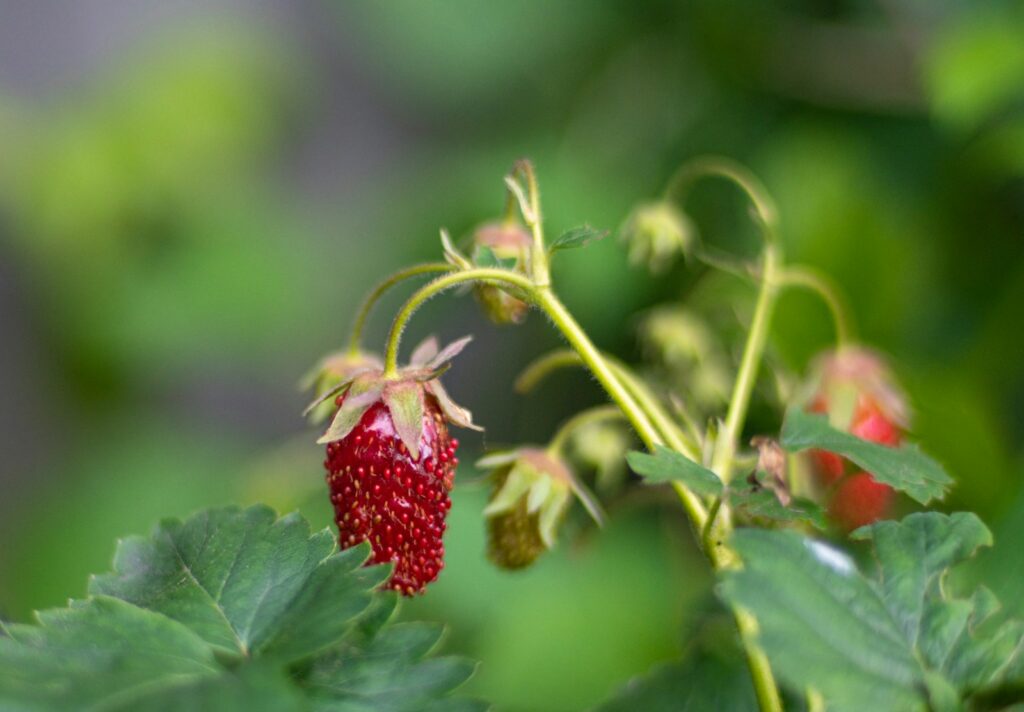
Alpine strawberries (Fragaria vesca) provide beginning gardeners with a shade-tolerant fruit option that few other edibles can match. Unlike their larger cousins, these petite berries produce continuously from spring through fall without requiring the runner management of traditional strawberries. Their compact growth habit makes them excellent edging plants, container specimens, or even indoor windowsill crops for those with limited outdoor space.
The intensely flavored berries offer a gourmet experience that far exceeds their tiny size, with complex notes that many describe as combining strawberry with hints of pineapple. Alpine strawberries grow easily from seed, providing an economical way for beginners to start a substantial planting. Their perennial nature means a single planting can provide berries for 3-5 years with minimal maintenance beyond basic watering and occasional fertilizing.
Understanding Your Growing Zone

Before selecting fruits for your beginner garden, understanding your USDA growing zone creates the foundation for success by helping you choose varieties adapted to your climate. This numerical designation, ranging from 1 (coldest) to 13 (warmest), indicates the average annual minimum winter temperature in your region and serves as a critical guide for plant hardiness. Beyond the basic zone number, consider your microclimate—areas of your property that might be warmer, cooler, windier, or more sheltered than the regional average.
Local extension offices can provide precise information about your growing zone and recommendations specifically tailored to your area’s unique conditions. Many fruit varieties are now bred for specific zone adaptability, with catalogs and plant tags indicating their recommended growing ranges. Understanding these climate considerations from the beginning prevents the disappointment of selecting fruits unsuited to your particular growing conditions.
Container Growing for Limited Spaces

Container growing has revolutionized fruit production for beginners, especially those in apartments, condominiums, or homes with small yards. Nearly all the fruits mentioned in this guide can thrive in appropriately sized containers, with fabric pots offering excellent drainage and preventing plants from becoming root-bound. Self-watering containers provide an extra margin of error for beginners who might occasionally forget to water consistently during hot weather. Dwarf varieties specifically bred for container growing offer full-sized fruits on compact plants, making efficient use of limited space.
When container growing, pay special attention to potting mix quality, using blends specifically formulated for fruits rather than standard potting soil. Mobile containers allow beginning gardeners to optimize growing conditions by moving plants to follow the sun or protect them from excessive heat, cold, or wind. This flexibility makes fruit growing accessible even to those without traditional garden spaces.
A Fruitful Beginning on Your Path to Homegrown Success
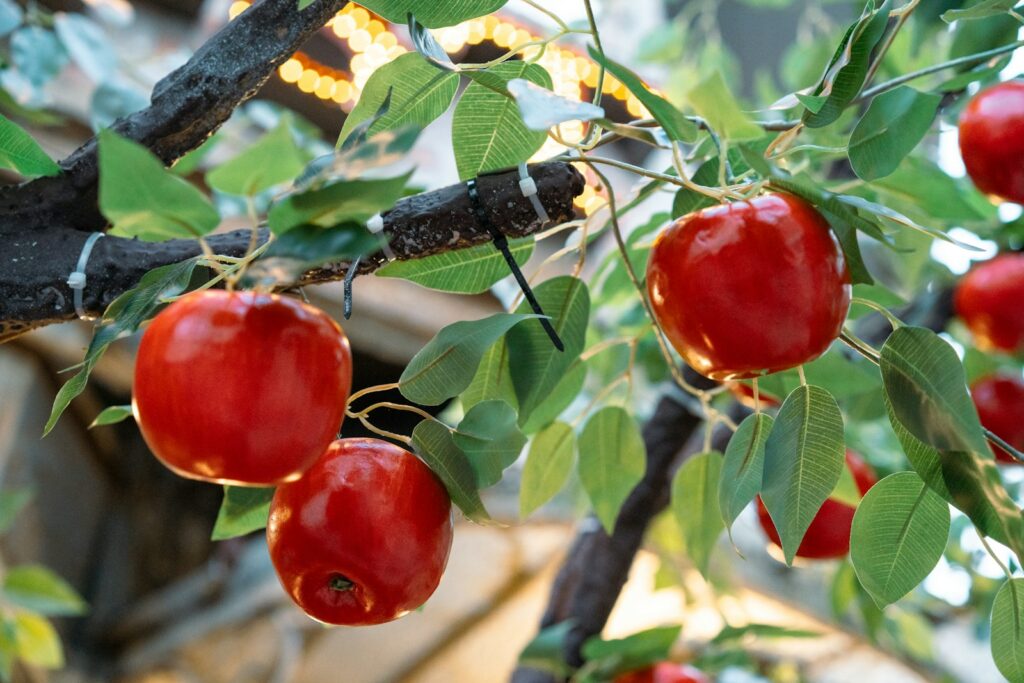
Beginning your journey into home fruit growing opens a world of flavors, textures, and gardening satisfaction that few other activities can match. By starting with these beginner-friendly fruits, you set yourself up for early success while developing the skills to expand your fruit garden in the future. Remember that gardening is as much about the journey as the destination—each season brings new learning opportunities and the chance to improve your growing techniques.
Start small with just one or two varieties that particularly appeal to you, then expand as your confidence grows. The fruits suggested here offer forgiveness for novice mistakes while still rewarding your efforts with delicious harvests. Whether you have acres of land or just a sunny balcony, these accessible fruits can transform your space into a productive mini-orchard that provides both nourishment and joy for years to come.

